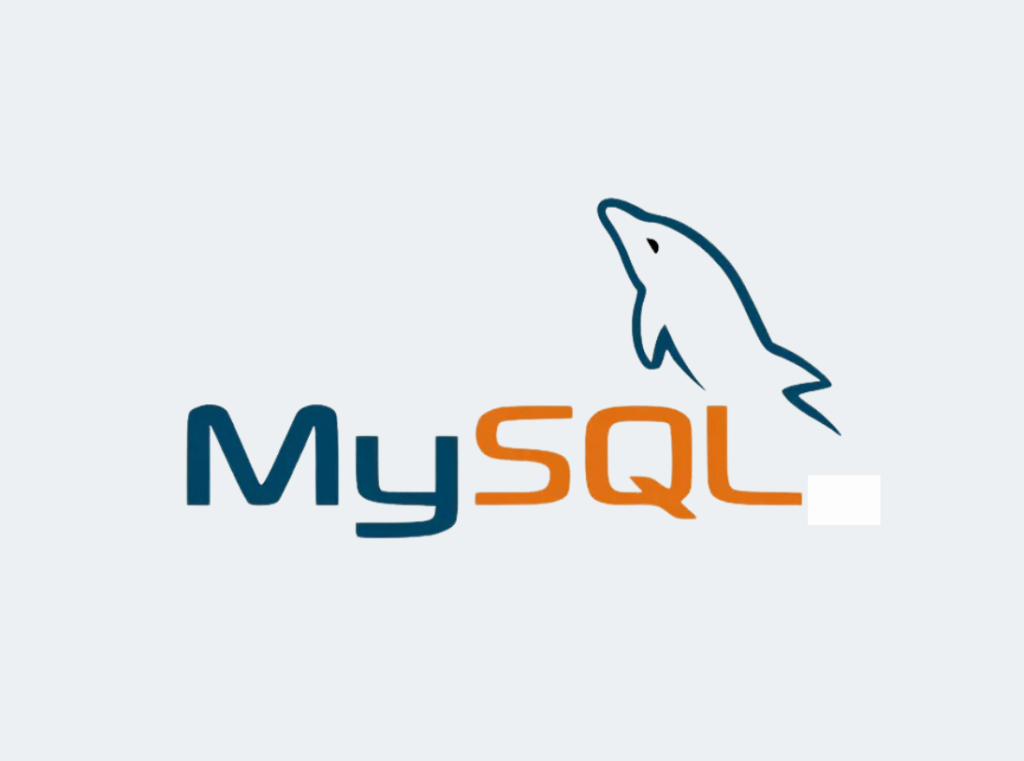MySQL

MySQL is a powerful, open-source relational database management system widely used for storing, organizing, and retrieving data efficiently. This comprehensive course is designed to teach the fundamentals of MySQL, focusing on database design, data manipulation, and query optimization.
The course covers essential topics like creating and managing databases, writing SQL queries, relationships between tables, indexing, and transactions. It also includes advanced concepts such as stored procedures, triggers, and performance tuning, providing a complete understanding of database management.
By the end of the course, learners will be skilled in handling large datasets, designing efficient databases, and integrating MySQL with various applications, making them proficient in database management for real-world projects.
Course Content
MySQL
1. What is Database
2. Why Database
3. Database vs Files
4. DBMS
5. RDBMS
6. Introduction to MySQL
7. Data types
8. Classifications
9. Constraints
10. Operators
11. Functions
12. Clauses
13. Joins
14. Views
15. Subqueries
16. Index
17. Stored functions
18. Stores procedures
19. Cursors
20. Triggers
Why we choose Code Kreations
We offer comprehensive training with guaranteed career success
100% Placement Assistance
Guaranteed job placement with internship
opportunities at leading tech companies.
Communication Skills
Comprehensive training in professional
communication and soft skills.
Technical Skills
Industry-relevant technical training with
hands-on practice.
Realtime Projects
Work on real-world projects with
industry mentors.
Office Environment
Experience real office culture and
professional work environment.
Cyber Security &
Prompt Engineering
Expert guidance in emerging technologies
with real employee mentorship.
Registration Form
Frequently Asked Questions
What is MySQL, and why is it widely used?
MySQL is an open-source relational database management system (RDBMS) that uses SQL (Structured Query Language) to manage and organize data.
○ It is popular because it is fast, reliable, and easy to use.
○ MySQL supports a wide range of applications, from small projects to large-scale systems.
○ It is widely used in web applications, with support from frameworks like Django, Flask, and Laravel.
What are the key features of MySQL?
MySQL offers several features, including:
○ Cross-platform support: Runs on Windows, Linux, macOS, and more.
○ High performance: Optimized for handling large datasets.
○ Scalability: Works well for both small and large applications.
○ Security: Provides robust access control and data protection.
○ Open-source and community-driven: Supported by a large community and enterprise editions.
What are the common uses of MySQL?
MySQL is commonly used for:
○ Web applications: Storing data for websites and apps like blogs, e-commerce platforms, and social media sites.
○ Data storage: Managing customer, inventory, or sales data in businesses.
○ Content management systems (CMS): Powering platforms like WordPress, Joomla, and Drupal.
○ Data analysis and reporting: Storing and querying data for insights.
What do I need to know to start using MySQL?
To start working with MySQL, you should:
○ Understand basic database concepts like tables, rows, columns, and relationships.
○ Learn SQL basics, such as creating tables, inserting data, and writing queries.
○ Have a basic understanding of programming languages (Python, PHP, etc.) to connect with the database.
○ Familiarity with database tools like phpMyAdmin or MySQL Workbench can help manage databases visually.
How do I connect MySQL with other programming languages?
MySQL can be integrated with various programming languages to build applications:
○ Python: Use libraries like MySQL Connector or SQLAlchemy.
○ Java: Use JDBC (Java Database Connectivity).
○ PHP: MySQL is often used with PHP for web development.
○ JavaScript: Works with Node.js via libraries like Sequelize.
The process involves:
1. Installing the MySQL server.
2. Creating a database and setting up tables.
3. Using connectors or drivers in the programming language to interact with the database.
Still have a question?
Let me know if you want any further explanation! 😊Feel free to contact us!